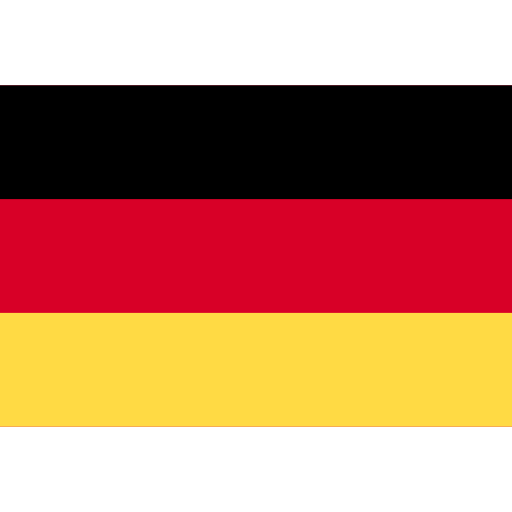
Switch to e-invoicing: mandatory and above all advantageous
03 September 2025
Electronic invoicing is becoming the standard for B2B transactions. European legislation (the ViDA Directive) will make it an international obligation around 2030. But there are many more, and stronger, arguments for making the switch to e-invoicing sooner.
A few to name: fewer manual operations, resulting in faster and higher-quality invoice processing and lower costs. But first, back to the obligation: the Dutch government has not yet set a firm introduction date. For now, the ViDA Directive assumes 2030 as the year in which the whole of Europe will have adopted e-invoicing.





.png?width=2000&height=2000&name=Mockup_Whitepaper_E-invoicing%20in%205%20stappen%20(ENG).png)